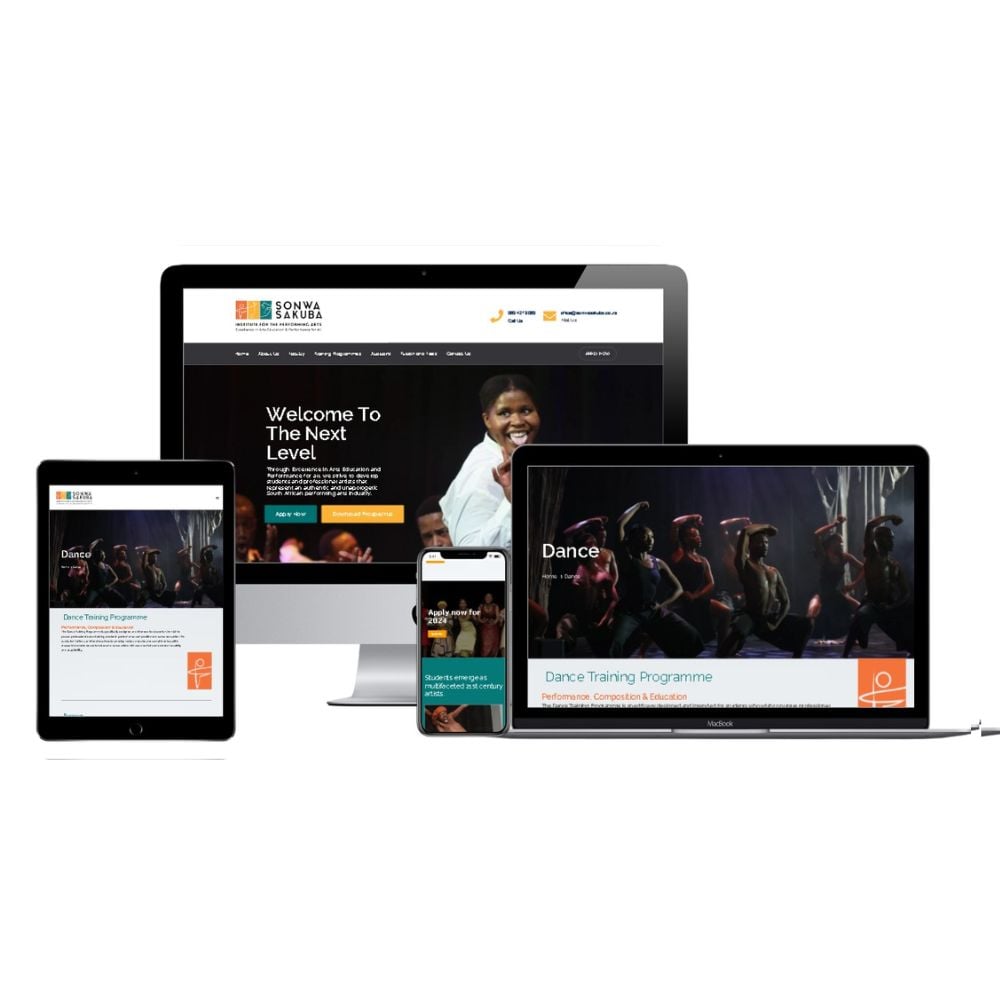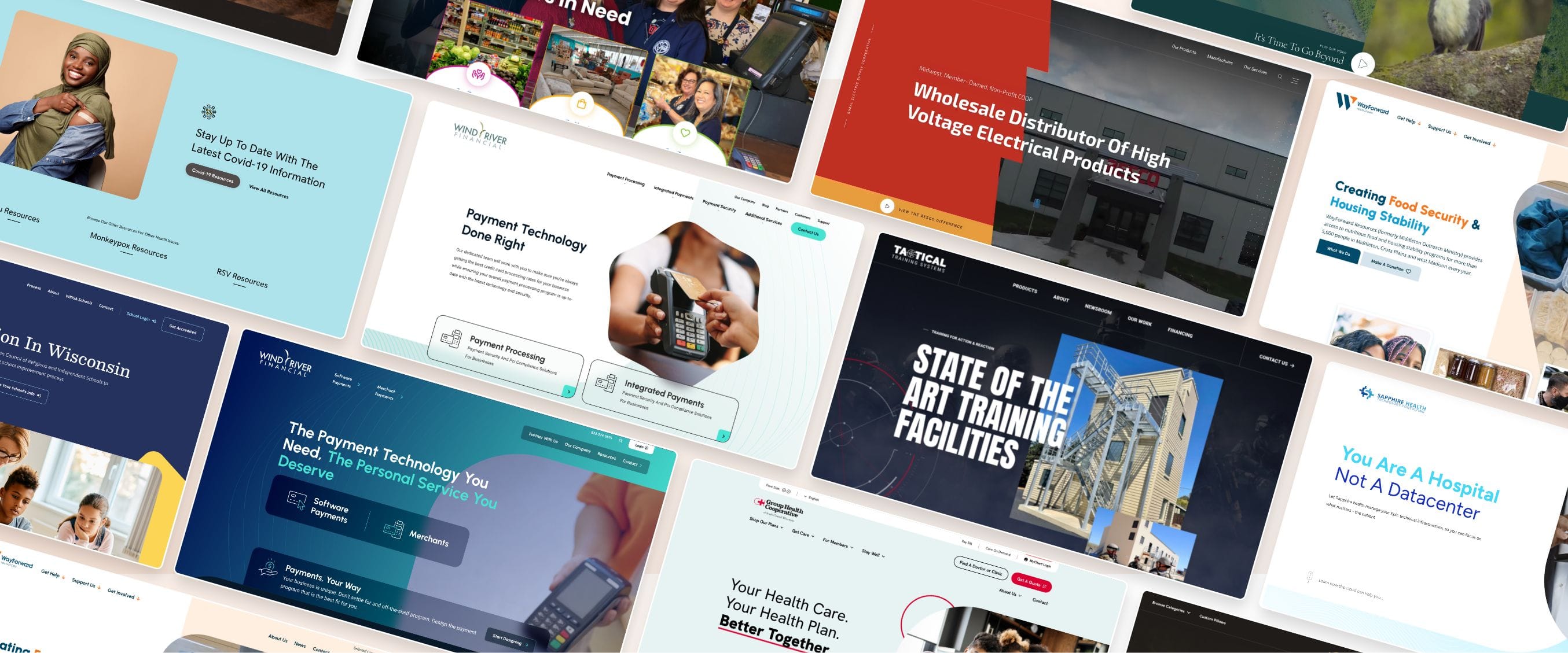Advanced Website Design with Focus on Functionality
Advanced Website Design with Focus on Functionality
Blog Article
Top Tips for Developing an Impactful Site Design That Converts
To attain this, one have to think about a range of aspects, consisting of recognizing the target audience, focusing on user experience, and enhancing for mobile systems. The calculated usage of engaging call-to-actions and a well-defined aesthetic pecking order plays an essential function in leading users through their journey.

Understand Your Target Target Market
Comprehending your target audience is fundamental to effective website design, as it prepares for creating an engaging individual experience. Recognizing that your individuals are, including their demographics, choices, and actions, makes it possible for designers to customize the site's content, design, and functionality to fulfill details requirements.
Conducting detailed marketing research is essential in this procedure. Surveys, meetings, and analytics can offer valuable understandings right into individual assumptions and pain points. By assembling this data, developers can produce user identities that represent various sections of the target market, making certain that design choices are notified and pertinent.
Moreover, recognizing the target audience helps in choosing ideal style elements such as color pattern, typography, and images that reverberate with individuals. An internet site that talks directly to its target market fosters a feeling of link and trust, motivating longer brows through and greater conversion rates.
Eventually, a user-centered approach to internet site style not just improves individual satisfaction however also sustains service purposes by driving engagement and commitment. By prioritizing the demands and preferences of the target audience, a web site can efficiently serve its function and achieve wanted outcomes.
Prioritize Individual Experience
To improve the general efficiency of a web site, focusing on individual experience (UX) is crucial (Website Design). A properly designed UX makes certain that site visitors can browse the site effortlessly, find information quickly, and involve with material meaningfully. This causes boosted individual fulfillment and greater conversion rates
Begin by implementing intuitive navigating. Menus needs to be practically structured, enabling individuals to find crucial areas of the site with minimal initiative. Uniformity in style elements, such as color systems and typefaces, promotes experience, which is important for maintaining user involvement.
Furthermore, consider the filling rate of your internet site. A hold-up of just a couple of secs can result in significant drop-offs, as customers are much less likely to wait for a slow-loading web page. Simplifying photos and enhancing code can enhance efficiency and keep site visitors.
By focusing on user experience, you not only produce an extra enjoyable atmosphere for site visitors yet also enhance your brand name's credibility. Eventually, an emphasis on UX is a financial investment in the long-lasting success of your web site.
Maximize for Mobile Gadgets
Maximizing for mobile devices is vital in today's electronic landscape, where an increasing number of individuals gain access to web sites with smart devices and tablets. A mobile-friendly style not only improves customer experience yet also plays a considerable function in boosting internet search engine positions. To attain this, it is vital to adopt a responsive layout that instantly adapts to different screen sizes and orientations.

Loading speed is one more vital variable; mobile users are typically much less client and expect quick access to details. Enhance photos and take advantage of browser caching to boost performance. Ultimately, test your website on several devices and display resolutions to identify and fix any possible usability concerns. By prioritizing mobile optimization, you ensure that your web site continues to be competitive and properly engages a wider target market.
Usage Compelling Call-to-Actions
A web site's performance frequently rests on its capacity to lead visitors toward preferred activities, making compelling call-to-actions (CTAs) necessary parts of design. CTAs function as the essential factors that route users to engage with the site, whether that indicates buying, registering for a newsletter, or downloading a source.
To create effective CTAs, clarity is paramount. Usage succinct language that clearly communicates the action you desire the individual to find more take.
In addition, think about using directional signs, such as arrowheads or images, to lead customers towards these buttons. By focusing on these components, services can considerably boost individual interaction, driving conversions and inevitably accomplishing their website's objectives.
Concentrate On Visual Hierarchy
Reliable site layout counts heavily on a well-structured aesthetic pecking order that overviews customers with material seamlessly. By organizing components in a way that focuses on info, developers can boost user experience and promote decision-making. This includes making use of size, shade, contrast, and spacing tactically to accentuate one of the most vital parts of a website.
Using larger typefaces for headings and subheadings develops a clear distinction in between different areas, permitting individuals to check material easily. Furthermore, using contrasting colors for switches and calls-to-action can capture individual interest from this source and encourage interaction. Whitespace is an additional essential element; it prevents mess and makes it possible for users to concentrate on crucial messages without distractions.
Pictures and graphics need to enhance the text while additionally adhering to the established power structure, reinforcing the general message (Website Design). Uniformity in layout components, such as color design and typography, more enhances the visual pecking order, making navigating instinctive

Conclusion
In conclusion, effective site style demands a thorough understanding of the target market, prioritization of individual experience, and mobile optimization. The calculated use engaging call-to-actions and a well-defined explanation aesthetic hierarchy additionally boosts individual interaction. By executing these concepts, internet sites can achieve greater conversion prices, guaranteeing that style aspects not just bring in visitors yet likewise help with smooth navigating and communication. Eventually, a well-executed site style functions as a vital component in driving customer actions and achieving service objectives.
Report this page